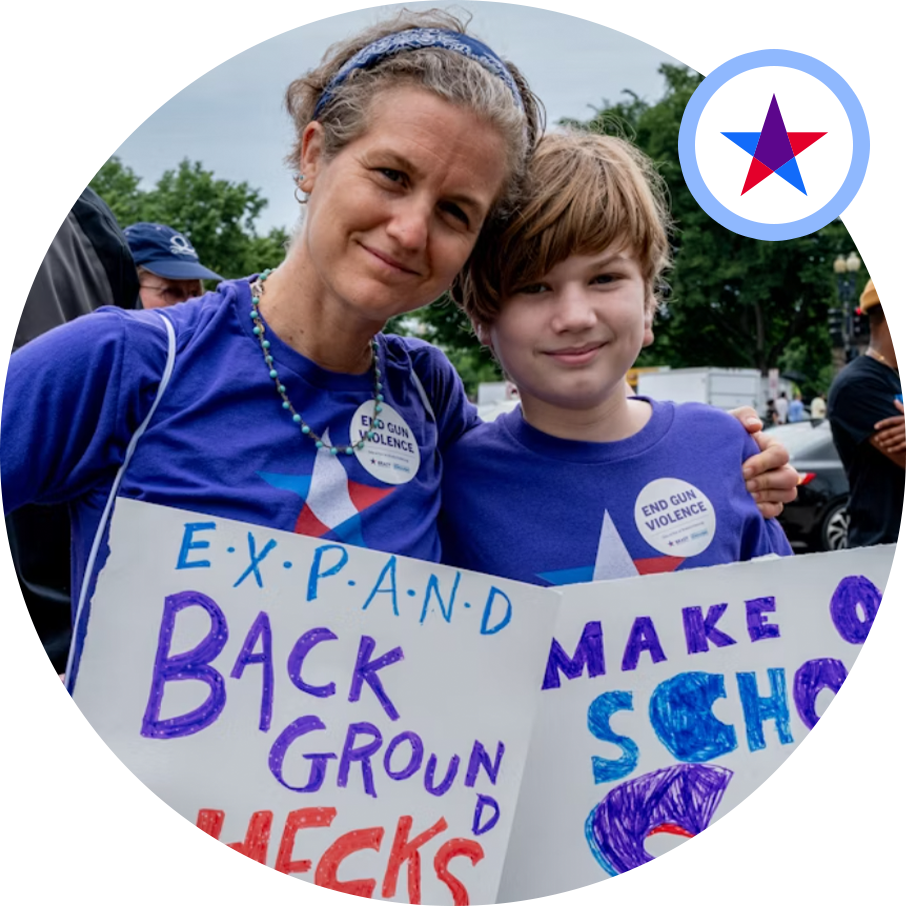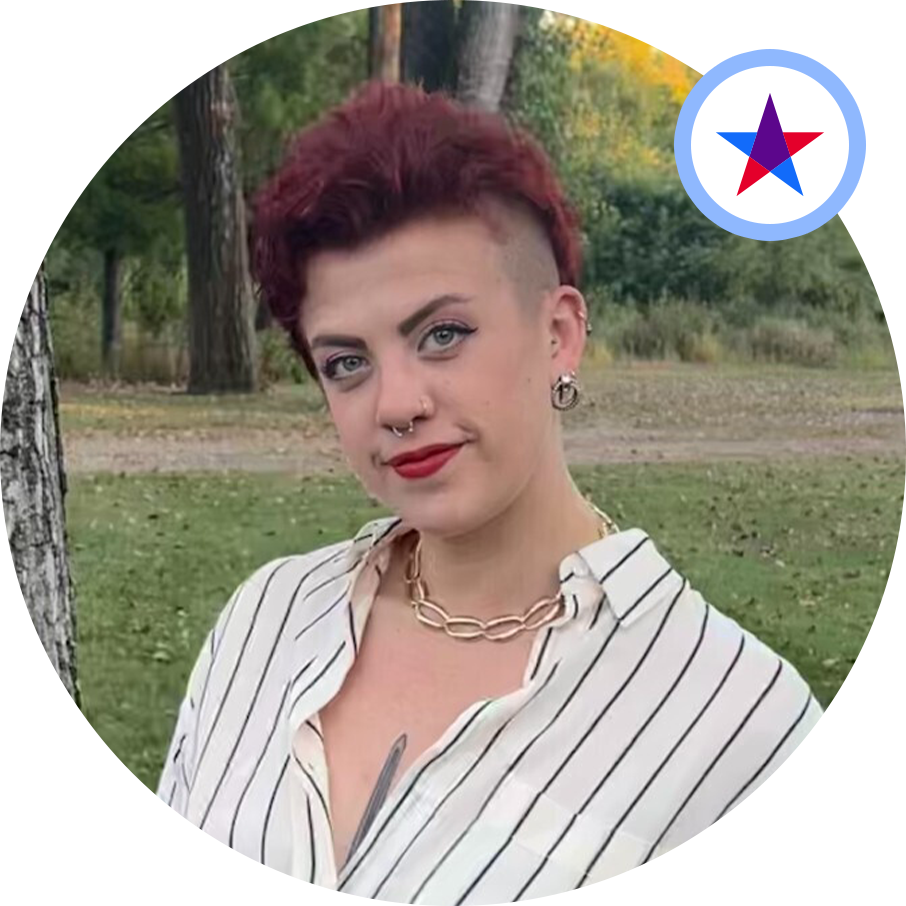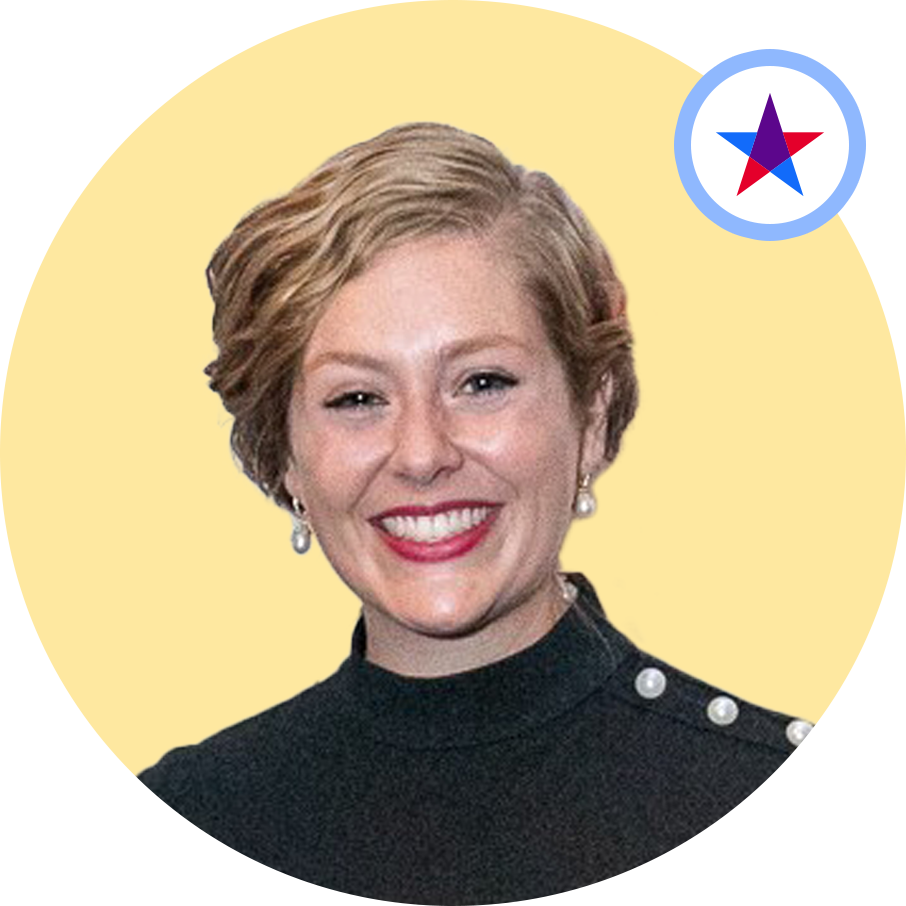Digital strategy, Strategic planning
Building a Sustainer Program Strategy: A Q&A with Brady United




As we think about the most impactful strategies to drive long-term growth for nonprofit fundraisers, a strong sustainer program is always a key imperative on the list. In the face of the uncertain economic landscape we’ve been navigating in recent years, it’s all the more critical to an organization’s ability to continue their world-changing work.
Our partners at Brady United are fighting every day to reduce gun violence in the United States, and our team at MissionWired have been honored to work at their side to help them build a robust and growing sustainer program that can support their ongoing work. By leveraging innovative creative strategies and keeping a careful eye on audience targeting, Brady United has been able to achieve incredible results for their sustainer program in recent years, including 109% growth in the sustainer file size in two years.
Because a strong sustainer program can have such a powerful impact on an overall fundraising program, we sat down with Brady’s fundraising leadership team – Liz Dunning, Hannah Litman, and Christa Kovacs – along with MissionWired AVP Jack Valor to hear more about their work as a team – how they think about the value of prioritizing sustainer growth and the best things to keep in mind when developing sustainer strategy.
![]()
MW: Why has building a strong sustainer donor program proved to be an important part of Brady’s fundraising strategy?
CK: Our sustainers are important to the success of the Brady Campaign because they provide a foundation of support that we can rely on in our work. With that foundation beneath us, we have the opportunity to be more creative in our fundraising efforts, the opportunity to try new things both over digital and direct mail.
HL: And, when you take Brady’s mission into account, sustainers are particularly important because so much of our fundraising is centered around our rapid response work. Our work toward our mission is continuous, and having that consistent and growing sustainer revenue means that we are set up to continue our work even during slower news months, or when we have fewer initiatives driving email and SMS messages.
MW: What do you think drives someone in your audience to become a sustainer donor?
HL: Because so much of Brady’s fundraising is in the moment, in the aftermath of a tragedy when the news brings attention to our mission, the messaging for us is particularly crucial, reminding our audience and saying, “This is at the top of the news right now, but having your support even when a mass shooting isn’t headline news is central to our ability to do this work. There’s still constant incidents of gun violence that we’re addressing every day.”
JV: And, because sustainers are small-dollar donors, giving monthly is often a manageable way for supporters to commit to a cause they care about, and ultimately, they’re able to make their small donation cumulatively add up to a larger gift over time.
MW: How do you think about the best moments in your messaging cadence to make sustainer asks?
JV: Some portion of our planning is around the time of year; we typically look toward the early months of the year, right after lots of one-time giving has taken place and as Brady’s supporters are budgeting and making plans. Then, we look at key moments and important dates on Brady’s own organizational calendar.
When it comes to our rapid response efforts, what’s important is to lean into the sort of messaging that reminds our audience that the news cycle is not where lasting change takes place: that driving Brady’s mission requires programmatic efforts, 365 days of the year. While some organizations might be hesitant to do a sustainer push during such a peak moment for attention, messaging, and one-time revenue – ultimately, we find that reaching out to those who are likely to engage in an emergency situation and asking them to commit to Brady’s mission long term is a winning combination for monthly giving.
LD: I think when it comes to messaging, we’re also thinking about how we’re integrating our fundraising messaging across channels. While most of our sustainers come through our digital campaigns, some come through direct mail, and supporters who sign up to give monthly online might also be receiving our direct mail campaigns. So I think we’re also highly conscious of making sure those messages are working well together.
HL: Strategically speaking, we’re also thinking about our audience of multi-gift donors as being prime candidates for an upsell to sustainer ask. Those who’ve donated a few times are more likely to want to support our mission on a daily basis and make that sustainer commitment outside of those immediate, rapid response moments.
MW: What kinds of approaches to messaging or engagement can help retain sustainers long-term?
LD: Where some organizations have equivalencies they can share back to say, “X number of people fed,” we have exceptional moments of voice and leadership – voices that are inspiring and can be catalytic for people. So we’d love to think of our sustainer messaging as saying, “We know you’re in this fight with us. Here’s someone who’s in this fight with you, and here’s what they did.”
HL: And I think it’s important that we constantly stay intentional about how we communicate with our sustainers, making sure that they are in their own segment so they’re not getting too many fundraising messages, or too many asks, after they’ve already made an ongoing commitment.
JV: Absolutely! To Hannah’s point, at the heart of any successful monthly donor program lies the art of relationship building. Our relationships with these vital donors are a journey, not a transaction. It’s crucially important that we make that clear to them through various touchpoints, communications, and cultivation efforts the impact they’ve made and the work we intend to continue to do together.
MW: How do you see sustainer strategy evolving in the coming years?
CK: Given that we’re in an ongoing time of economic uncertainty, and a tough year for nonprofit fundraising, I think it’s fair to assume that competition for every dollar, for mission-based organizations, is only going to grow. And so showing sustainers even more gratitude for how meaningful their contributions are will only get more important.
LD: For Brady, our sustainers are investing in the kinds of change that require broad engagement of lots of people, so figuring out the best way to describe the impact of their support is a unique challenge – our focus is centered around creating a greater sense of affinity with our mission and work, and as we continue to make good use of our relationships with our sustainers and their critical investment, we need to always be mindful of opportunities to be thoughtful and keep our audience motivated.
HL: It’s important to acknowledge that it has been a difficult time for nonprofit fundraisers, and the fact that the Brady Campaign was able to find success despite that is largely because of our growing sustainer list. In times of economic uncertainty, a strong sustainer program is an important and logical means of ensuring that you still have revenue to steadily power your work.
![]()
For more insights into future-proofing your fundraising during economic uncertainty, check out our recent insights from our Nonprofit Advisory Board. And if you’d like to learn more about sustainer strategy, check out Building A Sustainable Sustainer Program.
Next insight